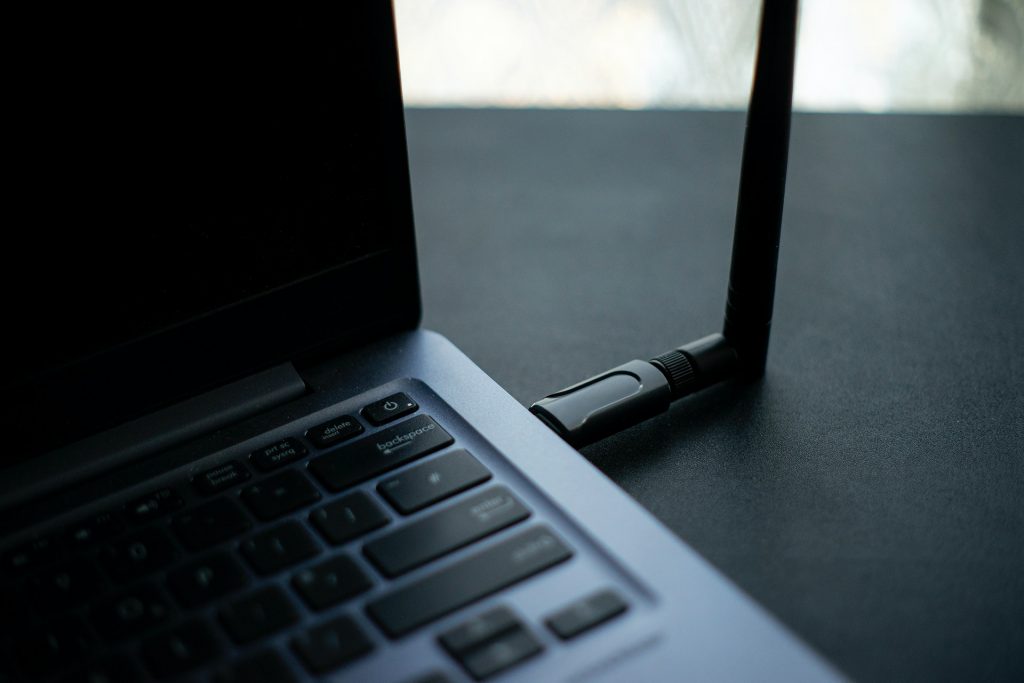 - minute read
- minute read

As a society, we spend more and more time on the move. One issue that can arise from this increased travel is the need for a reliable mobile broadband connection – something that can often be difficult to come by. One option is public wi-fi hotspots. The problem is that these can be infrequent in location and often slow to use. Another option which is seeing a spurt in popularity are wifi dongles. These handy and compact pieces of tech will help you stay connected when on the go. Continue reading to learn more about how wifi dongles work, how to get one and their advantages/disadvantages.
A wifi dongle is a small USB stick that allows you to access online services without needing to connect to Wi-Fi. These pocket-sized devices can be connected to your smartphone, tablet or laptop for easy internet access when travelling. They’re also referred to as mobile broadband sticks, USB modems, internet sticks and USB network adapters.
Wifi dongles are popular as they offer much better flexibility than fixed-line connections and can be used on the go. The connection provided by a wifi dongle can be used to access the internet, share this connection with friends, download/share files and more, so it isn’t hard to see why an increasing number of people are using them.
To get your internet dongle working, it needs to be plugged into your laptop or computer’s USB port, where it can then act as a portable modem. Once plugged in, the dongle then connects to the internet in the same way as your smartphone to offer the user 3G, 4G or 5G connectivity.
Some wifi dongles don’t connect through your laptop or computer. Instead, they operate independently to provide you with Wi-Fi connectivity through cellular data.
Broadband dongles use the same 3G, 4G and 5G technology as a mobile phone, so are offered by pretty much all mobile providers.
Where 5G is concerned, this is currently limited to cities and large towns. You can use this handy broadband checker to see if 5G is available near you. Right now, the following providers offer access to 5G:
Because dongles are supplied by mobile network providers, the process of getting yourself one is really simple! In the same way that your mobile phone comes with a monthly contract or pay-as-you-go, the same applies to broadband dongles.
For example, if you buy a dongle from EE, then your laptop will hook up to the EE network once the dongle has been activated.
Pay-as-you-go is the best option if you rarely require mobile broadband access (or aren’t exactly sure how much data you require). Here, you’ll pay around £30 to £50 upfront, and can then top up as and when you need more data.
With a monthly contract, you’ll receive the dongle for free but can expect to pay around £15 a month on a 12 to 24 month plan. Picking an unlimited deal will cost more but won’t restrict your data usage each month.
You can find and explore wifi dongle deals through a comparison site like Money Supermarket.
Already sorted your house but need to set up bills? We can help with this too – we set up and split utilities for you. Get a free quote for your utilities here.



All your utility bills in one monthly payment, split between housemates
Get a quote


All your utility bills in one monthly payment, split between housemates
Get a quoteFinding his article helpful? We’ve got plenty more helpful articles on there way. Join our Savvy Sunday mailing list